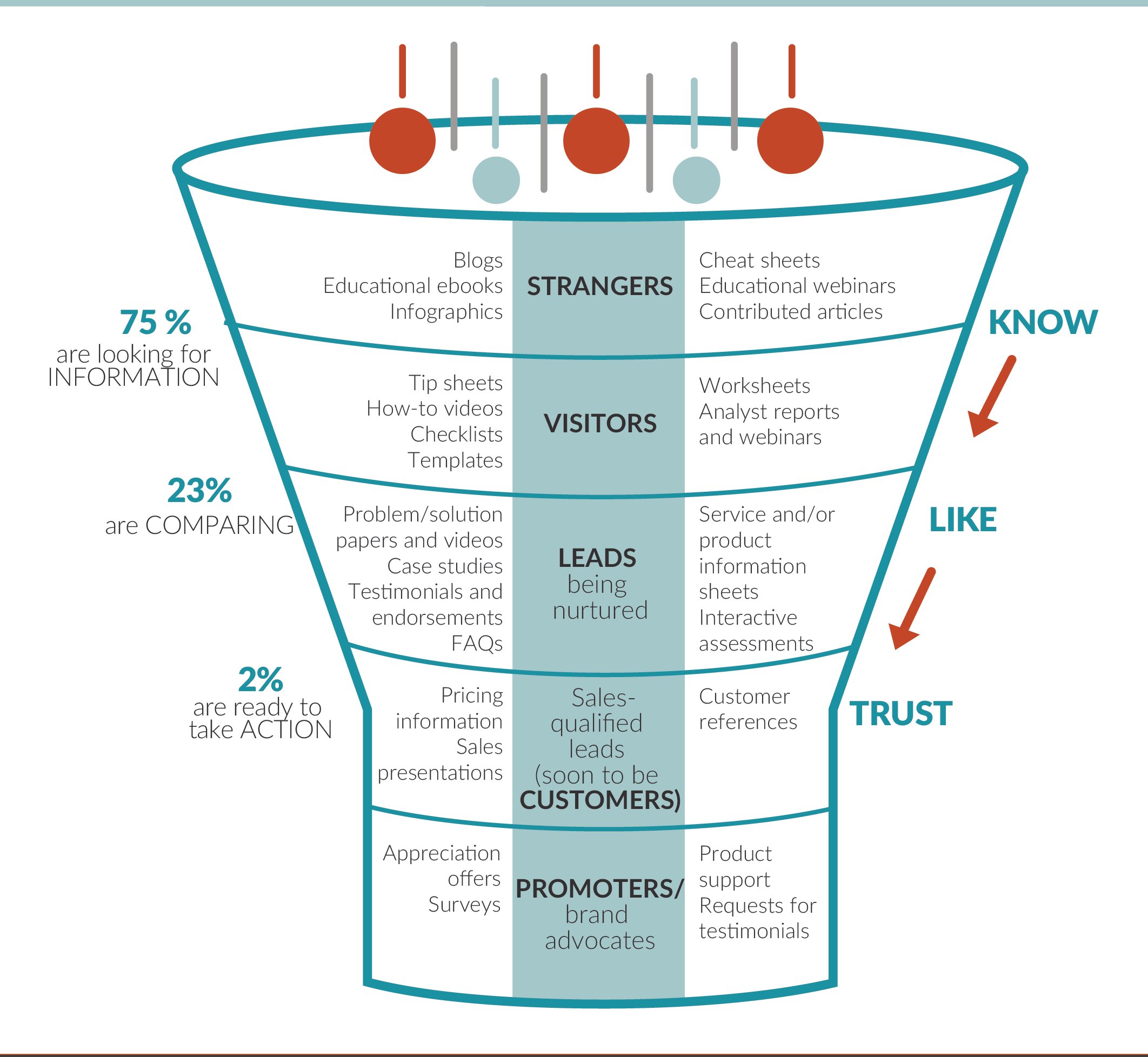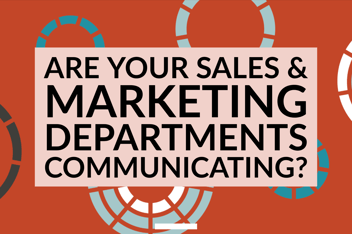Avoid The Headaches of Misalignment (Between Marketing & Sales)
.png?width=550&name=Avoid%20The%20Headaches%20of%20Misalignment%20(Between%20Marketing%20%26%20Sales).png)
Whether it’s your car’s wheels, your spine, or your company’s marketing and sales departments, when things are out of alignment, it causes problems. But when everything is aligned, everything works more effectively and efficiently, without the headaches and hassles.
What does it mean to align sales and marketing?
When your sales and marketing teams are in alignment it means that each department has clear objectives and duties and everyone in both departments has a shared understanding of key definitions and processes. Alignment means that each knows what to expect from the other and that they understand that everyone is working toward the same corporate goals.
One of the key ways document expectations and establish alignment between departments is through the creation of a service level agreement (SLA). A service level agreement should spell out specific expectations of how many leads marketing should be generating for sales through its inbound strategies, as well as precisely how sales will respond to those leads (how many contacts they will make, etc.).
HubSpot’s 2018 State of Inbound Report highlights just how much an organization can benefit from taking the time to spell out expectations, goals, and even the value of a customer in a formal SLA. The report, compiled by surveying more than 6,200 marketing and sales professionals and corporate executives from around the globe, found that 65 percent of organizations with an SLA in place (or otherwise tightly aligned departments) cited inbound marketing as providing the greatest ROI vs. outbound marketing.
The presence of an SLA also correlated to growth in both marketing and sales department. Seven in ten organizations with tightly aligned departments intended to increase the size of their sales team in the next year, while more than half of them had increased the marketing budget also from the previous year.
Having a shared understanding of key terms and processes should also be of creating an SLA. Here are the terms and processes your sales and marketing teams need to agree on.
Sales funnel stages, especially qualified leads
Stages in the sales funnel can be defined in a number of ways. Leads may be classified simply as cool, warm and hot. Or you might use terms like awareness, consideration, and decision. (See more details in these blog post: Defining Lead Status: Cool, Warm, Hot and Know Your Funnel Stages.)
The funnel could include visitors, leads, marketing qualified leads, sales accepted leads, opportunities and customers, or you could outline your funnel as strangers, visitors, leads, customers and promoters.

Regardless of how you label the stages in the buying cycle or sales funnel, one of the most important definitions your company will need to agree on is what constitutes a qualified lead. These are the leads who are ready to be handed off from the marketing department’s lead nurturing program to sales.
Every company will have a slightly different definition, but it should reflect the traits and actions that indicate a lead is both a good fit for your company and ready to talk with sales.
Characteristics of a good fit:
-
Lead matches your target customer (could be large financial institutions, healthcare companies with fewer than 100 employees, or retail companies with 50 or more locations, etc.).
-
Lead has the ability and authority to purchase. It may not make sense to send a lead to sales if the individual is only an end user for your product, without any say in the purchasing decision. Know which of your buyer personas has purchase authority, which are influencers, and which may simple be product users in a B2B setting.
Characteristics of an interested lead:
-
Lead has engaged with your website in ways that indicate interest, such as requesting a demonstration or viewing pricing information.
Using the criteria you outline for your company for a good fit and sufficient interest, determine the specific parameters that indicate a lead should be passed on to the sales department. This gives marketing a target to reach for in nurturing leads, while ensuring that the sales department knows what to expect on a consistent basis.
Use your closed-loop marketing to develop data-based triggers, rather than simply going on gut instinct. These could include number of page views, number of conversions, and patterns of interaction that typically lead to closing a sale, or other observations from past history.
And when the time comes for marketing to shift a lead over to the sales department, be sure that complete lead information goes with them to improve closure rates.
When everyone in the organization is moving in the same direction, you reach the destination — a closed sale — more quickly with less effort. That is what sales-marketing alignment is all about. Find more about using closed-loop marketing and a service level agreement in The Complete Guide to Unifying Marketing and Sales. Click here to download your ebook.
-1.png?width=1652&height=294&name=Jones(RGB)-1.png)












